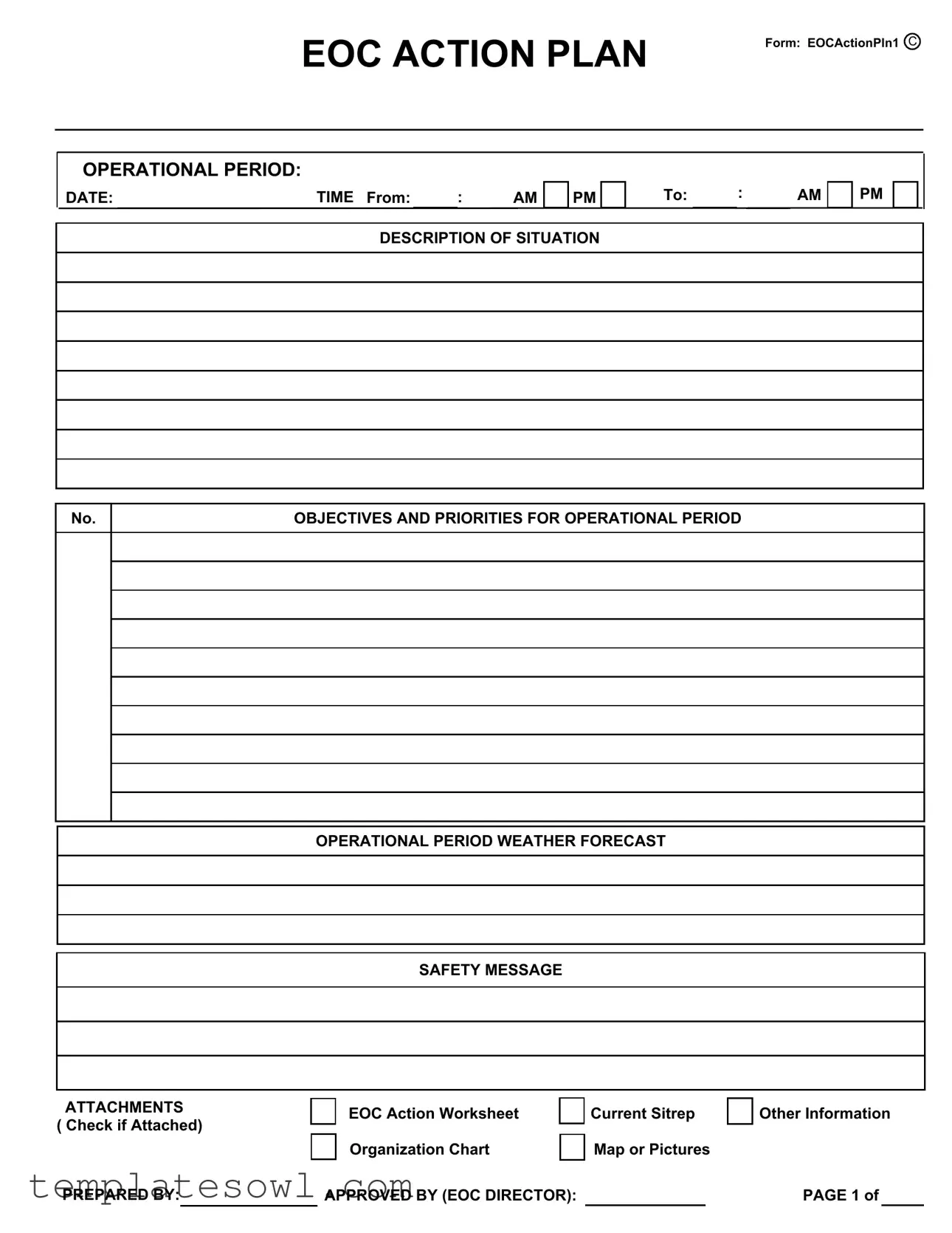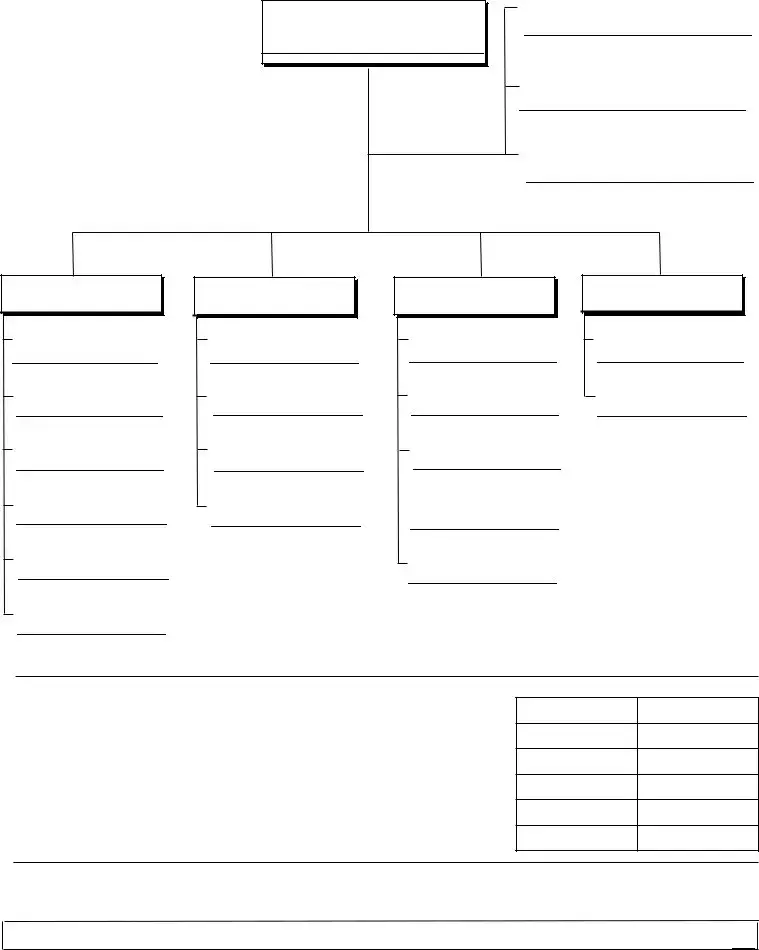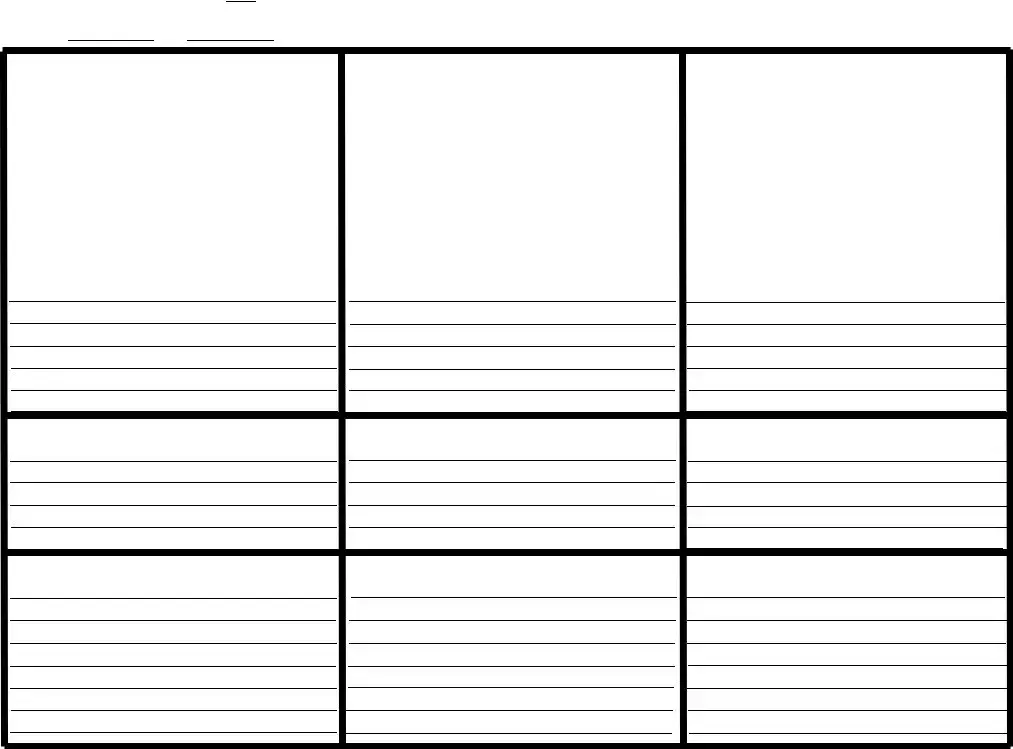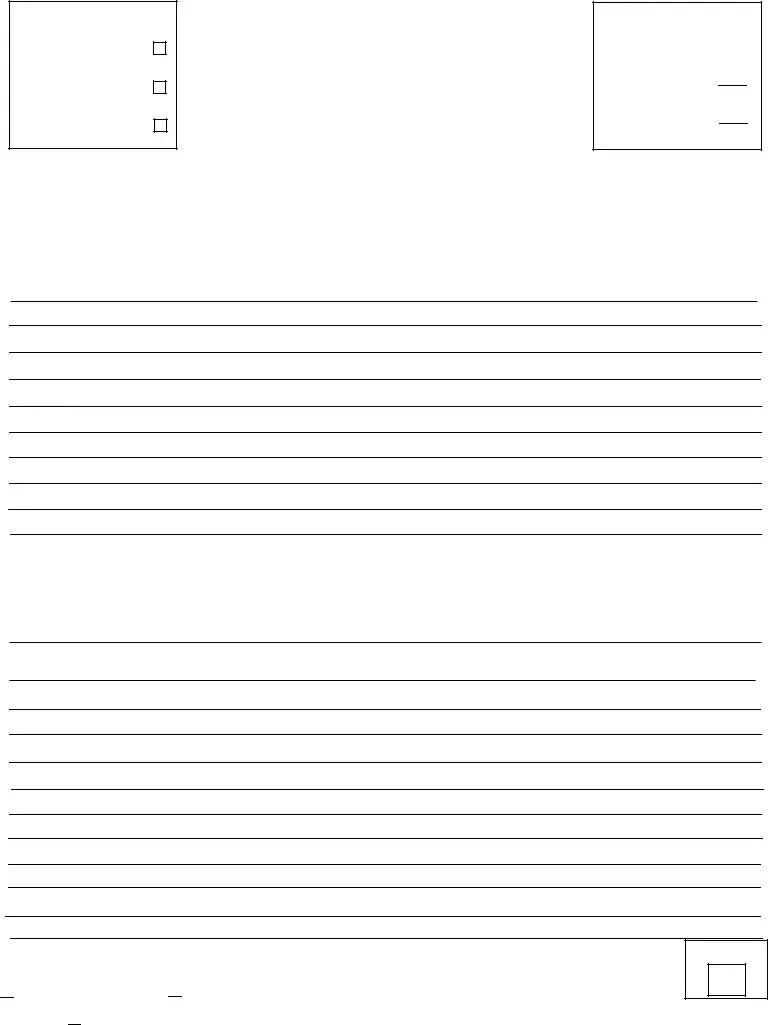What is the purpose of the EOC Action Plan Form?
The EOC Action Plan Form serves as a structured document to outline the objectives, priorities, and resources needed during a specific operational period. This form is crucial for coordinated response efforts during emergencies, ensuring that all relevant personnel understand their tasks and assignments.
What information is required in the 'Description of Situation' section?
This section requires a detailed account of the current situation regarding the emergency. It may include factors such as the nature of the incident, location, affected populations, and any immediate hazards. The information should be clear and concise to facilitate effective communication among all response teams.
How do I determine the objectives and priorities for the operational period?
Objectives and priorities should be based on the assessment of the current situation and the overall goals of the emergency response. It is essential to consider the needs of the affected community, safety concerns, and the resources available. Collaborating with EOC staff and key response personnel can assist in setting these priorities effectively.
What does the weather forecast section entail?
This section provides a summary of the expected weather conditions during the operational period. It is crucial for planning purposes, as weather can significantly impact response efforts. Considerations may include temperature, precipitation, wind conditions, and any severe weather warnings.
What is the significance of the safety message?
The safety message serves as an essential communication tool to inform all personnel about potential hazards associated with ongoing operations. It aims to promote safety protocols and measures, ensuring that everyone involved understands the risks and how to mitigate them.
What types of attachments might be included with the EOC form?
Attachments can include various documents and resources such as organization charts, current situation reports (Sitreps), maps or images of the affected area, and any additional information that can support decision-making during the operational period. These resources should be checked for inclusion, as they provide context and guidance for responders.
How is personnel assigned for different sections of the EOC?
Personnel assignments are determined based on expertise, availability, and the specific needs of the operational period. Each section, including Operations, Planning, Logistics, and Finance, requires skilled individuals who can effectively contribute to their assigned tasks. This ensures a well-organized response effort.
What tasks are included in the operational period's management section?
The management section tasks outline specific responsibilities for the leadership of the EOC. These tasks typically involve decision-making, resource allocation, and coordination with outside agencies. Assigned personnel must ensure that all efforts are working towards achieving the overall objectives of the response plan.
How should additional information be documented during the operational period?
Any additional essential information should be documented clearly and systematically. This may include updates on the evolving situation, changes in resource status, or modifications to assigned tasks. Keeping a comprehensive record aids in tracking progress and informs future operational plans.









 - MANAGEMENT
- MANAGEMENT 
 - OPERATIONS
- OPERATIONS  - PLANS
- PLANS  - LOGISTICS
- LOGISTICS 
 - FINANCE
- FINANCE